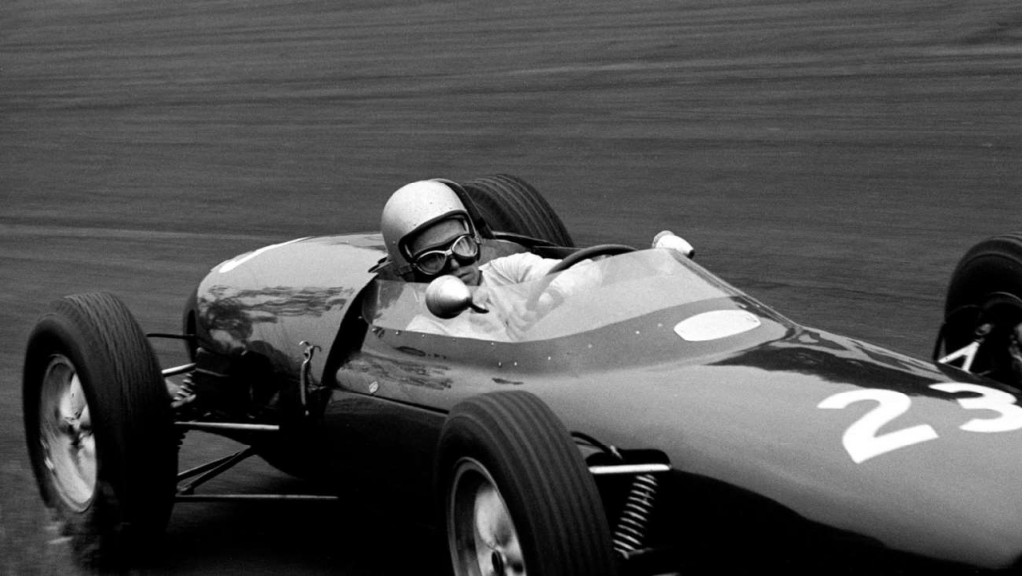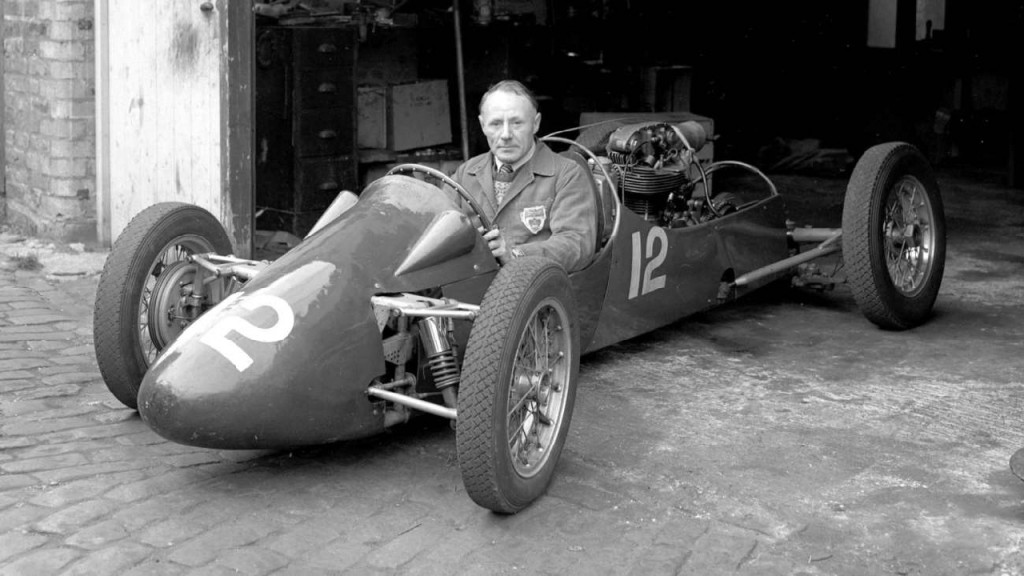“Imagine,” suggests Goodwood Road and Racing, “that you had the talent to compete in (Formula 1) yet were denied the opportunity. Or — even hard to imagine — that you rejected offer/s to do so.”
In a two-part series by Paul Fearnley, the British motorsports venue offers up its list, with this qualifier: only racing careers post-World War II were considered and starts in the Indianapolis 500 in 1959-60 don’t count, because Indy counted in the World Driving Championship points those years.
Also, notes that A.J. Foyt is not included, perhaps in part because he never expressed an interest in racing in F1.
With that as background, here is the Goodwood list:
Scott Dixon, a native of New Zealand whose five Indycar titles are second only to Foyt’s seven. Dixon “failed to impress” in a 2004 test with Williams, in part, perhaps, because his test was done “on the tricky grooved slicks of the day.”
Dario Franchitti, a three-time Indy 500 winner who raced in F3 and who turned down an offer from McLaren to be its test driver after he’d already landed his ride in CART.
Jeff Gordon, the four-time NASCAR stock car champion who started his career in midget and sprint cars, did a test in a year-old Williams F1 car at Indy and was just a second off Juan Pablo Montoya’s pace.
Jamie Green, who finished ahead of Lewis Hamilton in the British Formula Renault series and ahead of Nelson Piquet Jr. in British F3 and who later beat Hamilton and Nico Rosberg for the European F3 title. When his agent balked at an F1 offer, the ride went to Rosberg and Green ended up driving for Mercedes-Benz and Audi in the German Touring Car series.

Gary Hocking drives a Rob Walker Lotus 18 in a non-championship race in 1962
Gary Hocking, born in Wales but then living in Rhodesia, Hocking, known as “Sox,” returned to the UK in 1958 and in 1961 replaced John Surtes on the MV Agusta motorcycle racing team and won the world championship. He retired from motorcycle racing and was only 25 when he died in a crash while practicing in a Lotus for the 1961 Natal Grand Prix.
Tom Kristensen, who won German and Japanese F3 championships and F3000 races on two continents. He was a replacement for an injured Davy Jones on the Joest Le Mans team in 1997, and ended up winning a record nine times in the round-the-clock competition on the famed French circuit.
Sebastien Loeb, not only did he dominate rally racing, but in 2006 finished second at Le Mans. He tested with the Red Bull F1 team in 2008 but, at age 34, was denied an FIA Superlicense.
Bobby Marshman, who so impressed the Lotus-Ford team in the 1964 Indy 500 as he pulled out to a lead, only to lose an oil plug. Marshman died later that year while testing.
Frank Matich, who is considered “the ‘Jack Brabham’ who stayed at home” rather than leave his native Australia, even though he’d been invited to join the Grand Prix Drivers’ Association. After he twice upstaged F1 drivers in the Tasman Series, Colin Chapman offered a ride with Lotus, but Matich stayed home to tend to family and business.
Rick Mears, the four-time Indy 500 winner whose performance in Indy events at Silverstone and Brands Hatch in 1978 ended up with Bernie Ecclestone offering test drivers at Paul Ricard and Riverside. Mears’ lap times beat those of Nelson Piquet.
Greg Moore, who died at age 24 in an Indycar race in 1999 was about to sign for 2000 with Penske Racing and already had been offered a testing-driver role with Williams and had feelers from Stewart Grand Prix.
Satoshi Motoyama, who won four Formula Nippon championships and who had a test with Renault but opted for a long-term GT offer from Nissan that earned him three Japanese national championships.

Don Parker didn’t start racing until he was in his 40s
Don Parker, the most successful driver in British F3 history with three championships and more than 120 victories, even though he didn’t start racing until he was in his 40s.
Will Power, the native Australian competed in European junior formula cars but left in 2005 for the U.S. and Indycar racing. He signed on with Penske Racing in 2010 and hasn’t been lower than fifth in the series final standings since. He was champion in 2014 and Indy 500 winner in 2018.
Tim Richmond, who had his pilot’s license at age 16 and who went Indycar racing (he was rookie of the year in the Indy 500 in 1980) and then to NASCAR, but who also lived a flamboyant lifestyle and died in his mid-30s.
Paul Tracy, the Canadian was 25 when he had a test with Benetton at Estoril in 1994 and was faster than Jos Verstappen or JJ Lehto but opted instead for a 7-figure deal in Indycar racing.
Al Unsers, Sr. and Jr., between them with six victories in the Indy 500. Junior did a test with Williams and reportedly turned down an offer from Benetton for the 1993 season.
Colin Vandervell, son of the founder of the Vanwall Grand Prix team but didn’t climb into the cockpit until after his father’s death. He dominated British Formula Ford in 1970 and beat future F1 champions in F3.
Parnelli Jones, to whom Goodwood gives special mention, albeit out of alphabetical order.
This article, written by Larry Edsall, was originally published on ClassicCars.com, an editorial partner of Motor Authority.
[ad_2]
Source link
